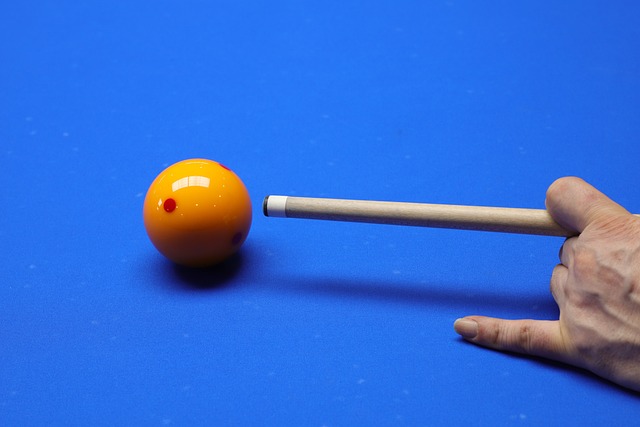A successful pool table assembly hinges on understanding key components: frame (including legs and corner supports), playing surface (slate or fabric/vinyl), rails, pockets, and accessories like cues and chalk. Proper alignment, secure connections, and stability are crucial for both setup and optimal gameplay across various leg types and leveling systems.
“Unleash your inner pool shark! Assembling a pool table isn’t as daunting as it seems. This comprehensive guide breaks down the process step-by-step, from understanding vital components like legs, slate, and accessories to finishing touches. Learn how to level your table, set up the perfect game, and maintain your new addition for years of smooth play. Master the art of pool table assembly and transform your space into a champion’s arena.”
- Understanding the Pool Table Components
- – Breaking down the different parts of a pool table
- – Types of legs and supports
Understanding the Pool Table Components

When it comes to pool table assembly, understanding the various components is key. A pool table consists of several critical parts that work together seamlessly to create a smooth and level playing surface. The core elements include the table itself, made up of a sturdy frame and a stretched fabric or vinyl playing surface.
The legs, typically adjustable, provide stability and ensure the table remains level regardless of the floor. Other essential components are the pockets, arranged in a grid pattern around the perimeter, which are crucial for playing and scoring. Additionally, the cues, balls, and chalk play vital roles in the game. Knowing these parts and their functions is indispensable for successful pool table assembly and optimal gameplay.
– Breaking down the different parts of a pool table

When disassembling or assembling a pool table, it’s crucial to understand its various components. A standard pool table consists of several key parts: the playing surface (or slate), rails, pockets, legs, and a framework that supports the entire structure. The slate, often made of multiple layers of hardened glass, is the table’s heart, ensuring a smooth and level playing surface. Rails, typically metal or wood, surround the perimeter, providing structural support and defining the boundaries of the game. Pockets, usually positioned at each corner and along the sides, are where the balls are pocketed, adding to the strategic depth of pool.
The legs and framework form the table’s base, offering stability and enabling adjustable height settings. During pool table assembly, these parts must be carefully aligned and secured to ensure both functionality and longevity. This process involves precise measurements, correct tool usage, and a step-by-step approach to reassemble the table accurately, ready for players to enjoy their favorite games.
– Types of legs and supports

When assembling a pool table, one of the critical components to consider is the leg and support system. These structures not only ensure stability but also play a significant role in the overall performance of the table. There are several types of legs and supports available, each with unique features tailored to different preferences and table sizes. Traditional leg designs often include rigid, sturdy posts that provide excellent support and can be adjusted for height, making them suitable for various playing surfaces.
For a more customizable approach, some pool tables feature adjustable legs with levelers, allowing users to fine-tune the table’s stability on uneven floors. These legs can be made from materials like metal or wood, offering both durability and aesthetic appeal. Additionally, corner supports are essential, providing extra bracing and preventing the table from rocking during intense gameplay. The variety in leg types allows for a seamless pool table assembly process, catering to diverse needs and ensuring a robust and level playing field.
Assembling a pool table is a rewarding process that involves understanding the various components that make up this iconic game. By familiarizing yourself with the different parts, from the slate surface to the legs and supports, you can ensure a sturdy and level table for hours of enjoyment. With the right knowledge, pool table assembly becomes an accessible task, allowing you to create a vibrant gaming space in your home.
